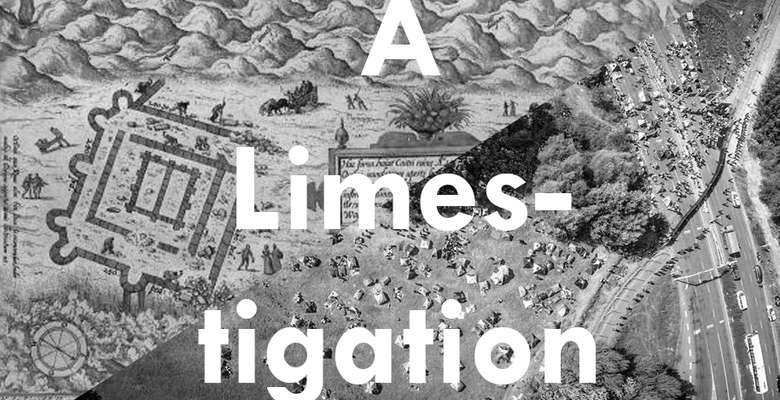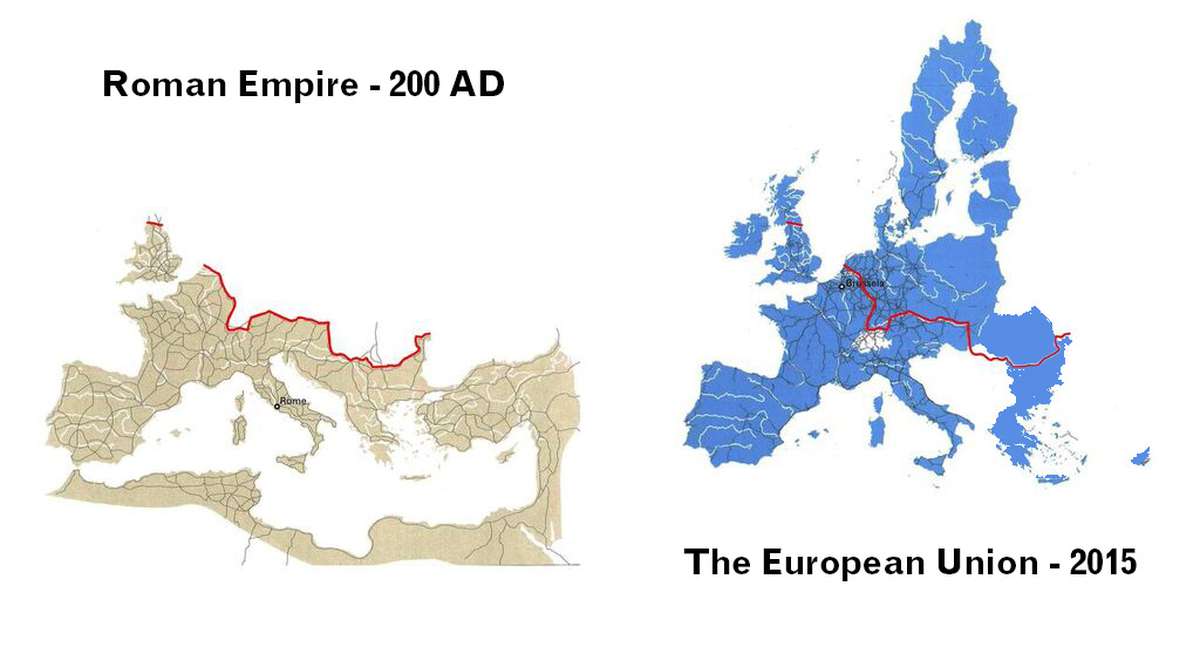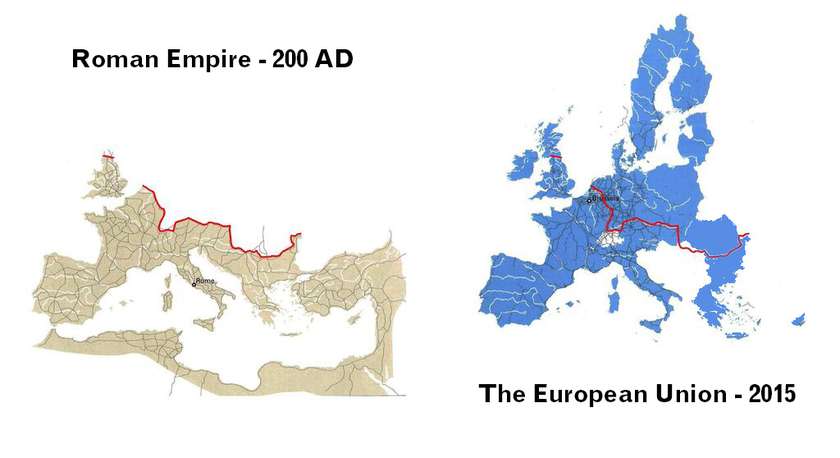Idea by
Floris van der Zee Rolf van der Leeuw David Bauer
BRUBERAMS
Call for ideas 2016
Limestigations
Limestigations

Europe is currently confronted with unprecedented migration flows.
And its incapability to deal with it.
Individual countries started constructing physical borders again.
Turning Fortress Europe from metaphor into mater-eality.
In 200 AD the „Limes“ stretched over 5000 km from the North African desert to Britain.
This elaborate system of landmarks, camps, roads and barriers formed a strategic perimeter to divide the „Roman“ from the „Other” world. Hence its identity.
However strong it was - this topographycial, symiotic and architectonical system, once outlining the northern periphery of the civilized world - it must now be understood as backbone of the EU.
Ancient roads are replaced by high speed rail tracks. Boarder stations have become fertile metropoles.
Instead of reviving this Limit along the current European borders,
a reevaluation of the historical Limes could uncover the potential of the in between nature of boarders to form a Trans-European project.

What has been periphery is now the center. It is the “in between” that has the potential to give birth to overlapses, justapoxition, hybridization and to combine the strength of both sides.
Limestigations
Limestigations

Europe is currently confronted with unprecedented migration flows.
And its incapability to deal with it.
Individual countries started constructing physical borders again.
Turning Fortress Europe from metaphor into mater-eality.
In 200 AD the „Limes“ stretched over 5000 km from the North African desert to Britain.
This elaborate system of landmarks, camps, roads and barriers formed a strategic perimeter to divide the „Roman“ from the „Other” world. Hence its identity.
However strong it was - this topographycial, symiotic and architectonical system, once outlining the northern periphery of the civilized world - it must now be understood as backbone of the EU.
Ancient roads are replaced by high speed rail tracks. Boarder stations have become fertile metropoles.
Instead of reviving this Limit along the current European borders,
a reevaluation of the historical Limes could uncover the potential of the in between nature of boarders to form a Trans-European project.

What has been periphery is now the center. It is the “in between” that has the potential to give birth to overlapses, justapoxition, hybridization and to combine the strength of both sides.